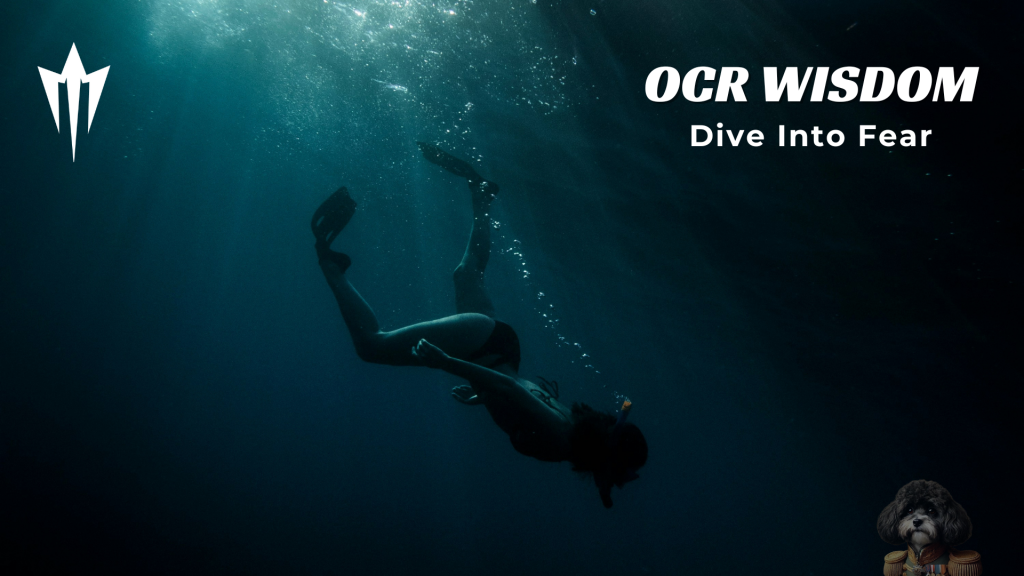
In the pursuit of physical excellence, we often seek comfort and convenience. We train in climate-controlled gyms with perfectly regulated temperatures, or swim laps in crystal-clear pools where every stroke feels effortless. However, there’s a compelling case to be made for stepping out of our comfort zones and embracing the elements in our training regimen.
Outdoor races, like marathons, triathlons, or obstacle course races, are unpredictable by nature. Race day conditions can vary from scorching heat to pouring rain or bone-chilling cold. To thrive in such environments, it’s essential to train in conditions that mimic or even surpass those challenges. This approach not only prepares the body physically but also cultivates mental resilience, a trait revered by athletes like Joe De Sena, David Goggins, and Cameron Hanes.
Joe De Sena, founder of Spartan Race, champions the ethos of pushing one’s limits through grueling challenges. His races are notorious for testing participants’ endurance, strength, and mental fortitude. By training in adverse conditions, athletes develop the resilience needed to overcome obstacles both on the course and in life.
David Goggins, former Navy SEAL and ultramarathon runner, is a living testament to the power of mental toughness. Goggins often speaks about the importance of embracing discomfort as a pathway to growth. He famously trained for races in extreme heat, running for hours in desert environments to prepare himself for the toughest challenges.
Cameron Hanes, renowned bowhunter and ultramarathoner, echoes similar sentiments about the benefits of training in adverse conditions. Hanes regularly runs through rugged terrain and adverse weather to sharpen his physical and mental edge. For him, embracing discomfort is not just about physical fitness but also about building character and resilience.
Training in challenging conditions offers several distinct advantages:
1. Mental Resilience: Enduring discomfort during training builds mental toughness, enabling athletes to push through pain and adversity on race day.
2. Adaptability: Exposure to varying weather conditions prepares athletes to adapt quickly to changing circumstances, ensuring they perform at their best regardless of external factors.
3. Physical Preparedness: Training in challenging environments strengthens the body’s resilience to extreme conditions, reducing the risk of injury and enhancing overall performance.
4. Character Development: Overcoming adversity in training fosters a sense of accomplishment and self-confidence, instilling valuable life lessons that extend beyond the realm of athletics.
While training in controlled environments certainly has its place, there’s undeniable value in exposing oneself to the raw elements of nature. Whether it’s running in the rain, braving the heat, or enduring freezing temperatures, every challenge embraced during training is an opportunity for growth.
So, the next time you lace up your shoes or step into the gym, consider venturing outside your comfort zone. Embrace the elements, embrace the discomfort, and embrace the journey toward becoming the best version of yourself, both as an athlete and as a person. As Joe De Sena, David Goggins, and Cameron Hanes would attest, the rewards are well worth the effort.


